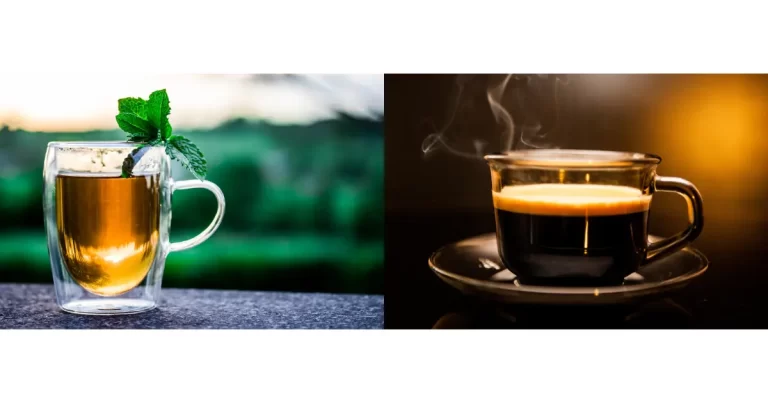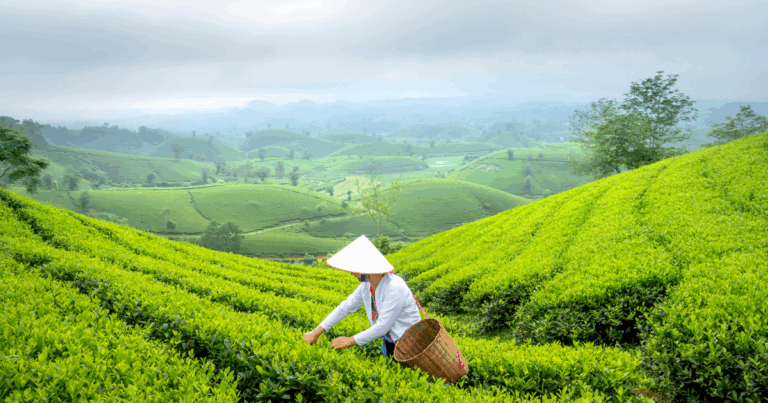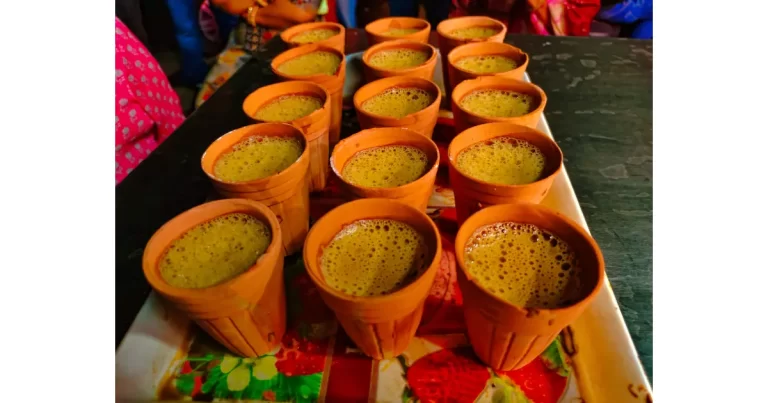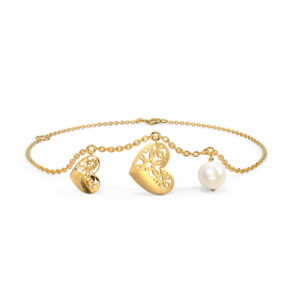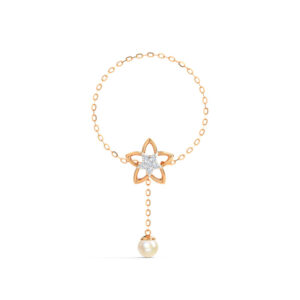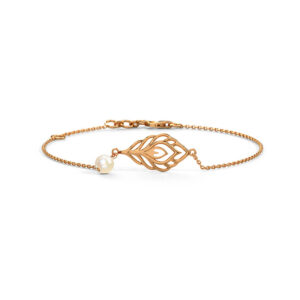There’s something timeless about a perfectly brewed cup of tea. Whether you enjoy it strong with a splash of milk or light and pure, making tea is a comforting ritual that deserves a little care. Brewing a great cup isn’t complicated, but a few small details can make all the difference in taste and enjoyment. Here’s how to get it just right—milk or no milk.
Start with Quality Tea
The foundation of any good cup of tea is the tea itself. Whether you prefer loose-leaf or bagged, go for a good-quality brand. Loose-leaf tea tends to deliver a fuller flavor, but high-quality tea bags are convenient and can be just as satisfying.
Choose your tea:
Black tea for a bold, robust flavor
Green tea for something lighter and slightly grassy
Herbal tea for caffeine-free relaxation
Chai or spiced blends for a warming, aromatic cup (great with milk!)
Water Quality and Temperature Matter
Tea is mostly water, so the water you use really matters. Always start with cold, fresh, filtered water if possible. Avoid reboiled or stale water—it can make your tea taste flat.
Now, the temperature:
Black tea: 90–100°C (just boiled)
Green tea: 70–85°C (slightly cooled after boiling)
Herbal tea: 95–100°C
Too-hot water can scorch delicate leaves like green tea, while cooler water won’t fully extract the flavor from black tea.
Steep the Right Way
Steeping is where the magic happens. This is when the leaves release their flavor, color, and aroma. Here’s a general guide:
Black tea: 3–5 minutes
Green tea: 2–3 minutes
Herbal tea: 5–7 minutes
Always set a timer. Over-steeping can lead to bitterness, especially with black and green teas.
With Milk: Timing and Type
If you enjoy milk in your tea, timing and type are important.
When to add milk?
Some people add it before pouring the tea (a tradition in British tea culture), but most add it afterward. This lets you control the color and strength.
For stronger teas like Assam, English Breakfast, or chai, milk adds creaminess and balances the boldness.
Which milk to use?
Cow’s milk is classic, but oat, almond, and soy milk work well too. Just be sure they don’t curdle in hot tea—some plant milks do, especially in acidic or very hot brews.
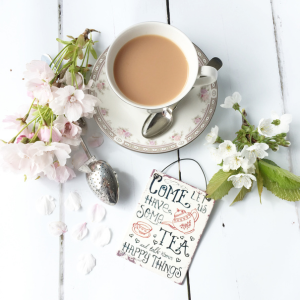
Without Milk: Simplicity and Purity
Tea without milk lets the flavors shine through. You’ll notice the floral, earthy, or smoky notes more clearly. Green teas, white teas, and many herbal blends are traditionally enjoyed without milk.
If you’re going milk-free, consider adding:
A slice of lemon (great in Earl Grey)
A bit of honey
Fresh herbs like mint
Final Thoughts
Brewing the perfect cup of tea isn’t about strict rules—it’s about learning what tastes best to you. With a few simple adjustments to your water, steeping time, and tea type, you can turn an everyday drink into a comforting ritual. Whether you love your tea bold and milky or light and clean, the perfect cup is just a few mindful steps away.



